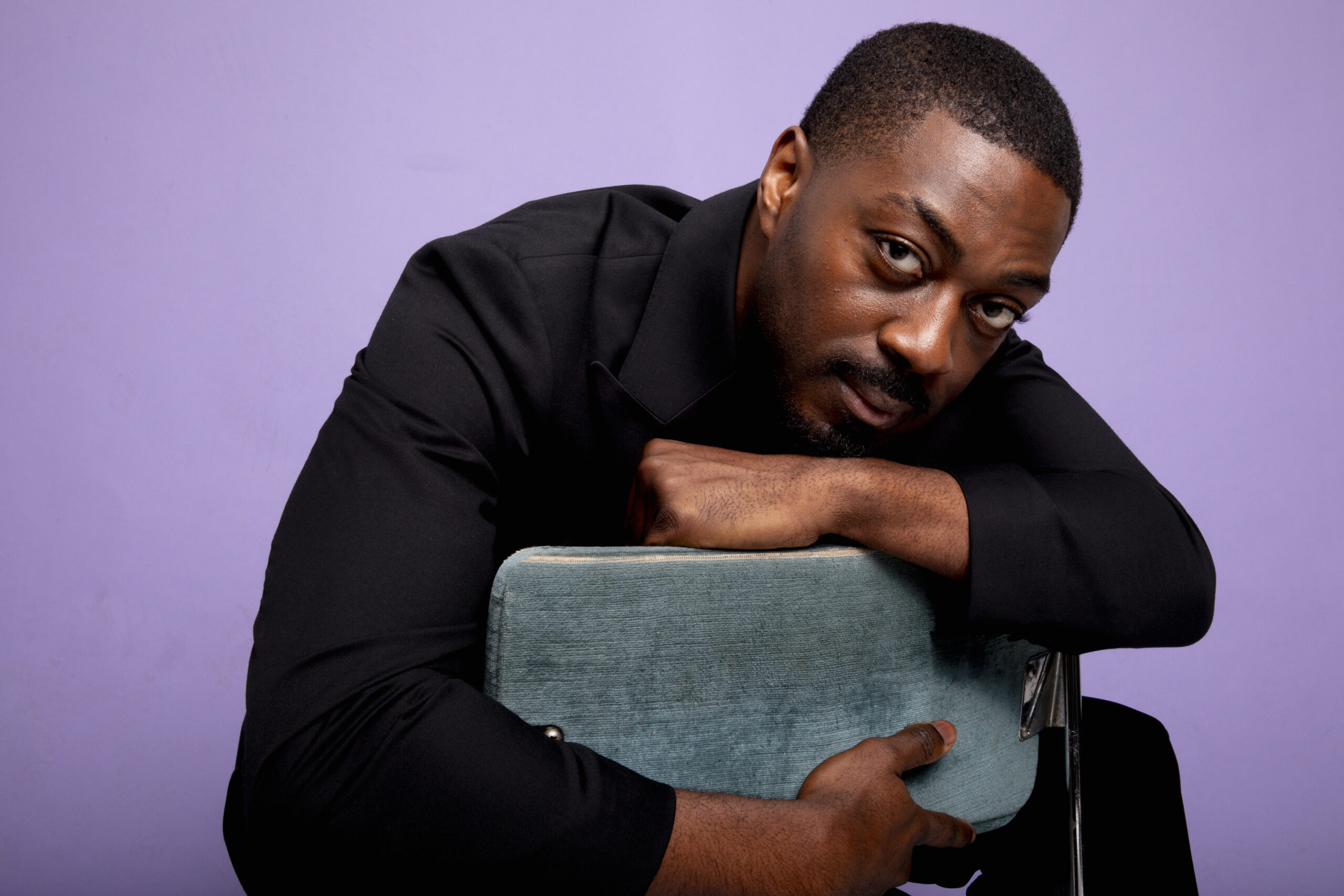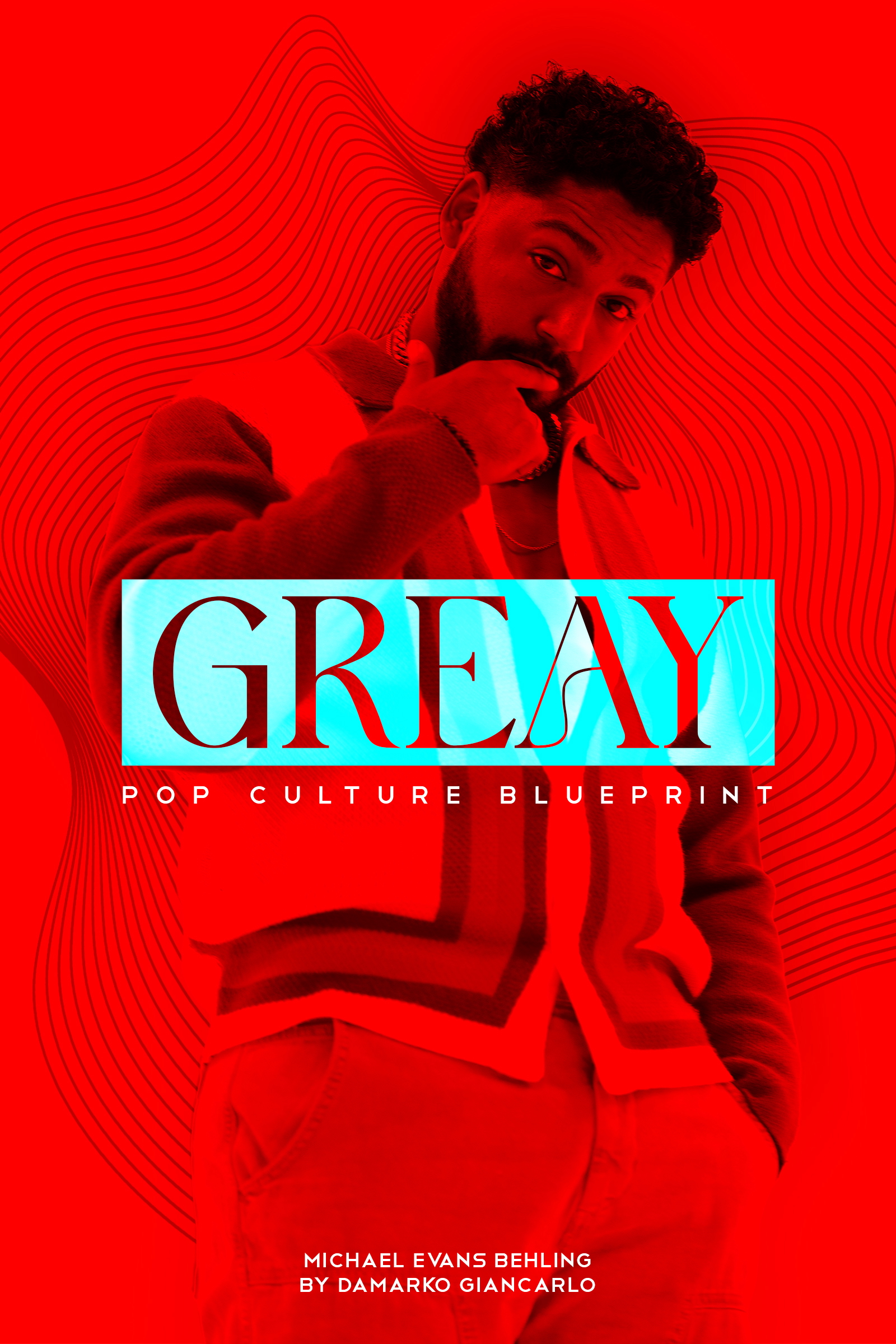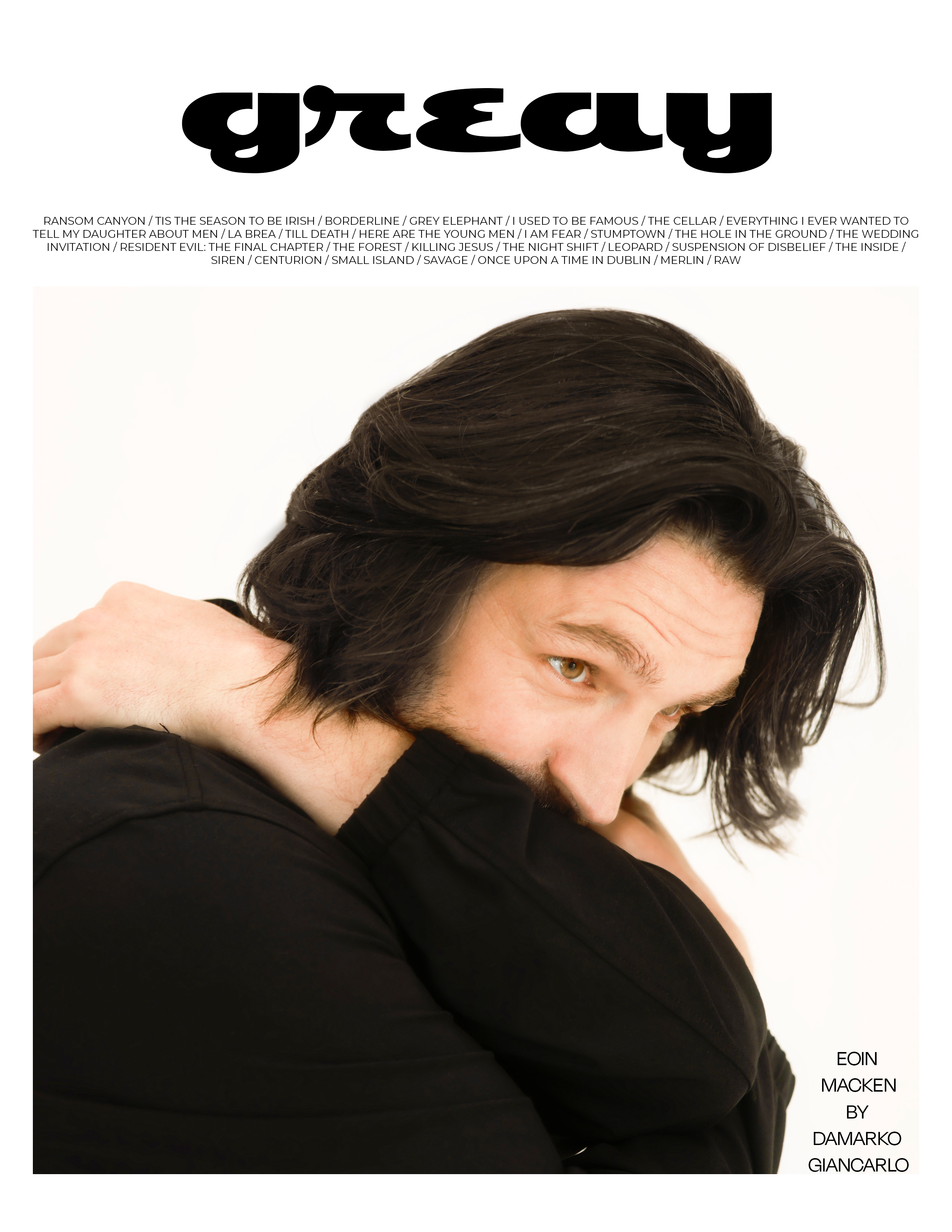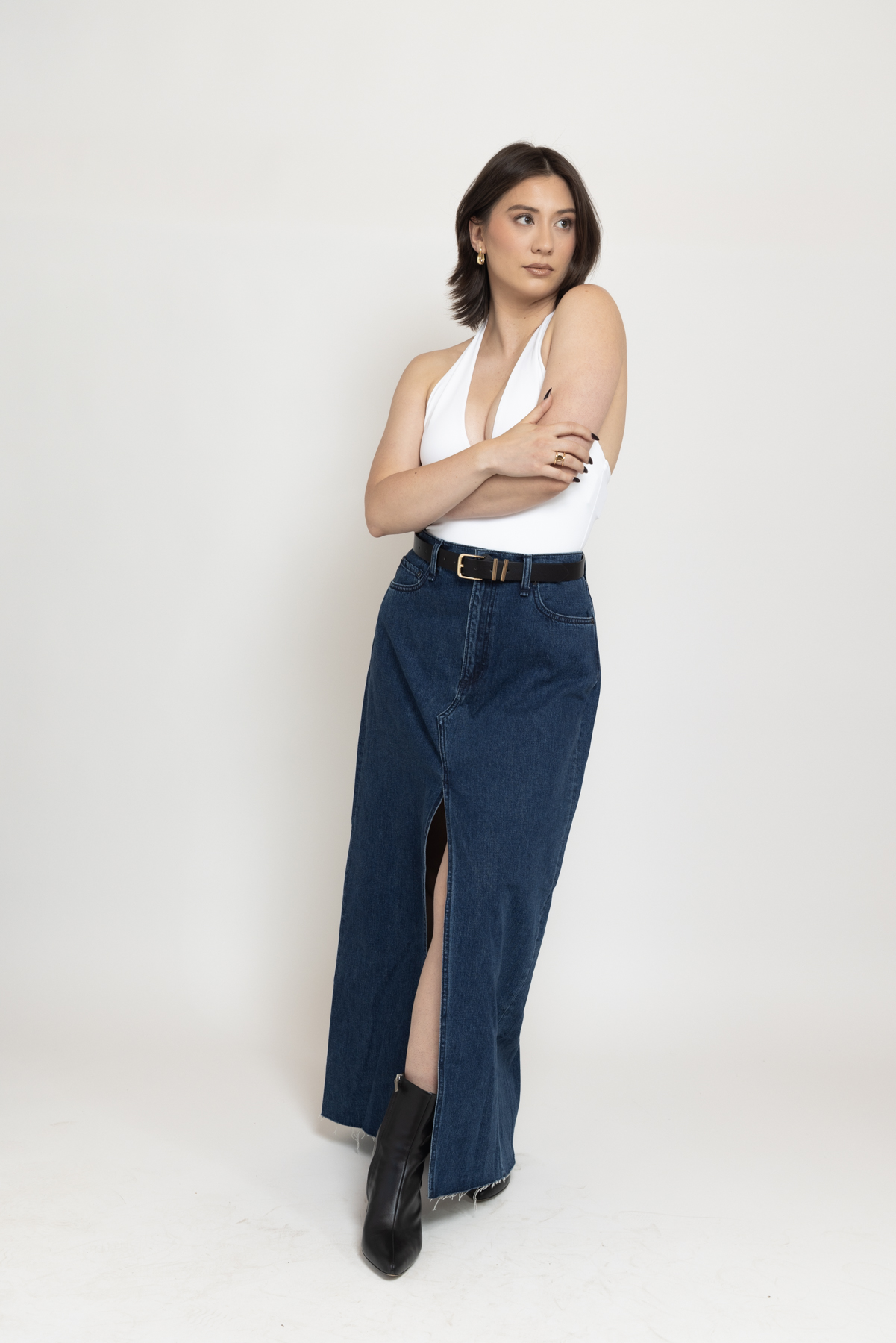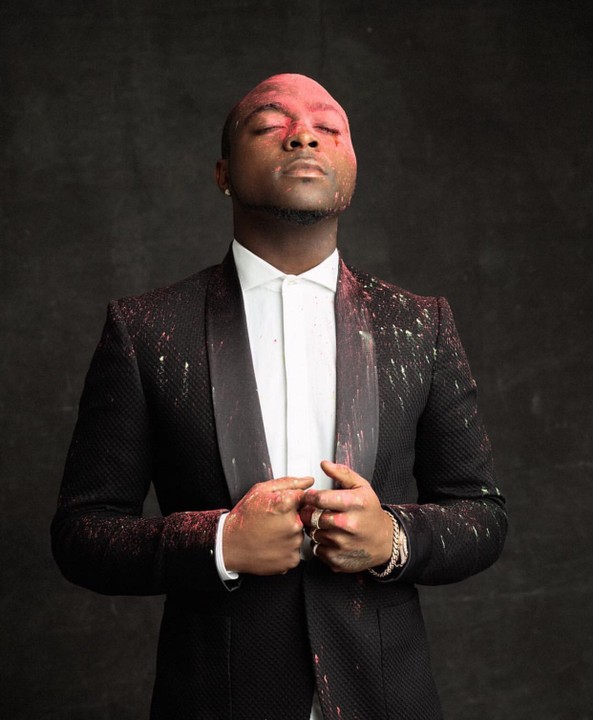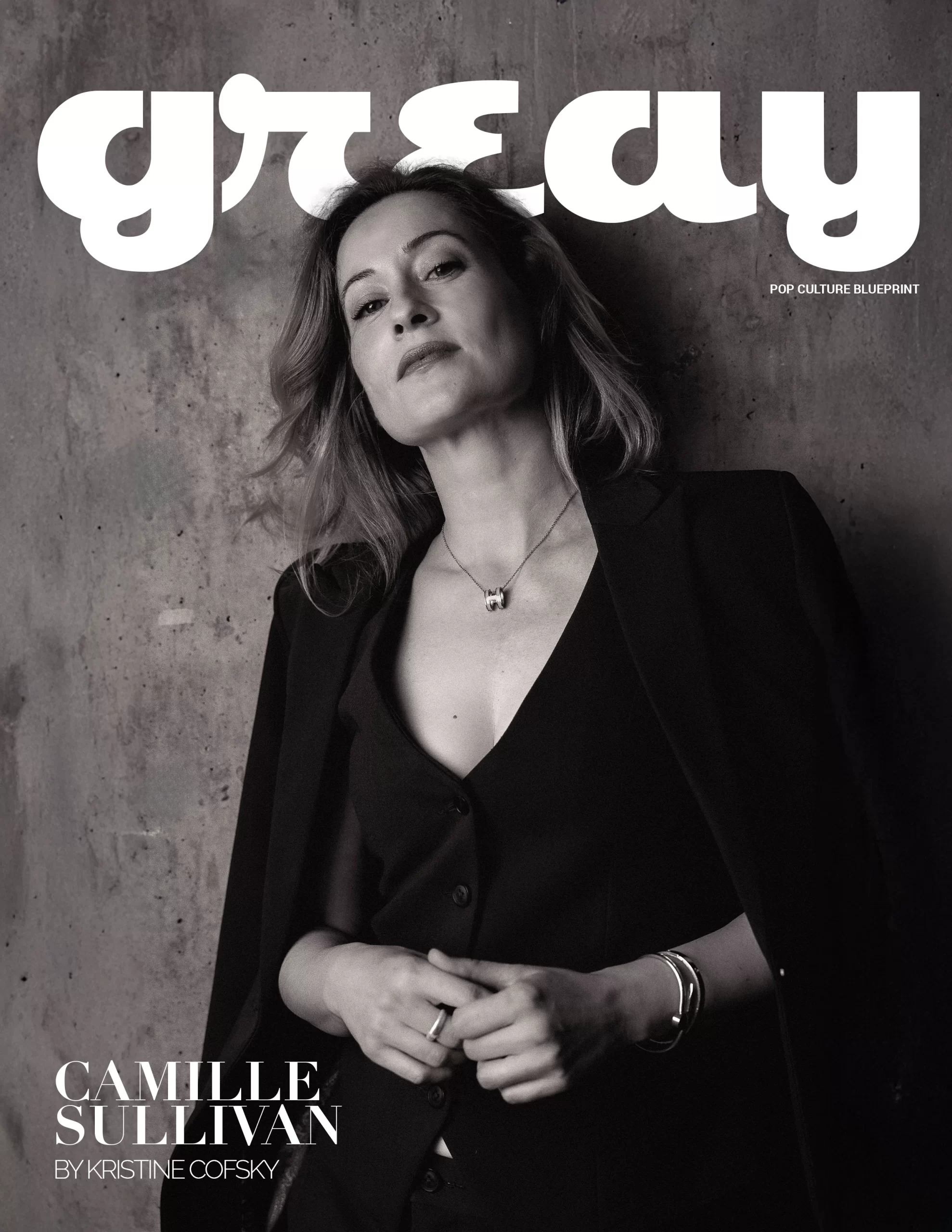
Camille Sullivan: Craft, Courage, and the Chaos Between Takes
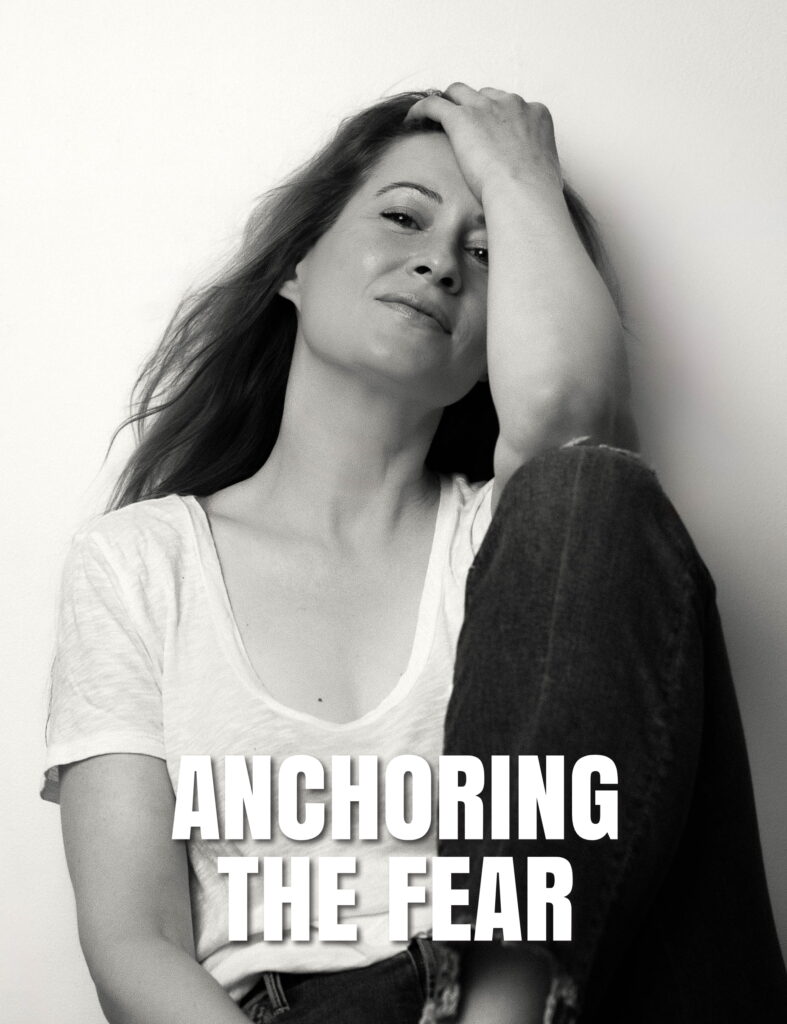
By Kyra Green
Camille Sullivan has never been an actor who plays it safe. Across her career, she’s gravitated toward roles that demand complexity—characters whose resilience is tested by grief, obsession, or the simple weight of survival. In Chris Stuckmann’s Shelby Oaks, her latest project, Sullivan steps into Mia, a woman consumed by the disappearance of her sister Riley. It’s a performance that merges the supernatural with the psychological, grounding the film’s horror in raw, human emotion.
For Sullivan, Mia’s determination to keep searching—even when everyone else has stopped—was the thread that pulled her into the role. She remembers writing on the front of her script: “Obsession is the lazy person’s term for dedication.” That mantra carried her through the story of a woman who refuses to abandon hope, even at the cost of her marriage, her sanity, and her safety. “Mia believes her sister is alive, so she must find her,” Sullivan says. “It’s the others who lack faith.”
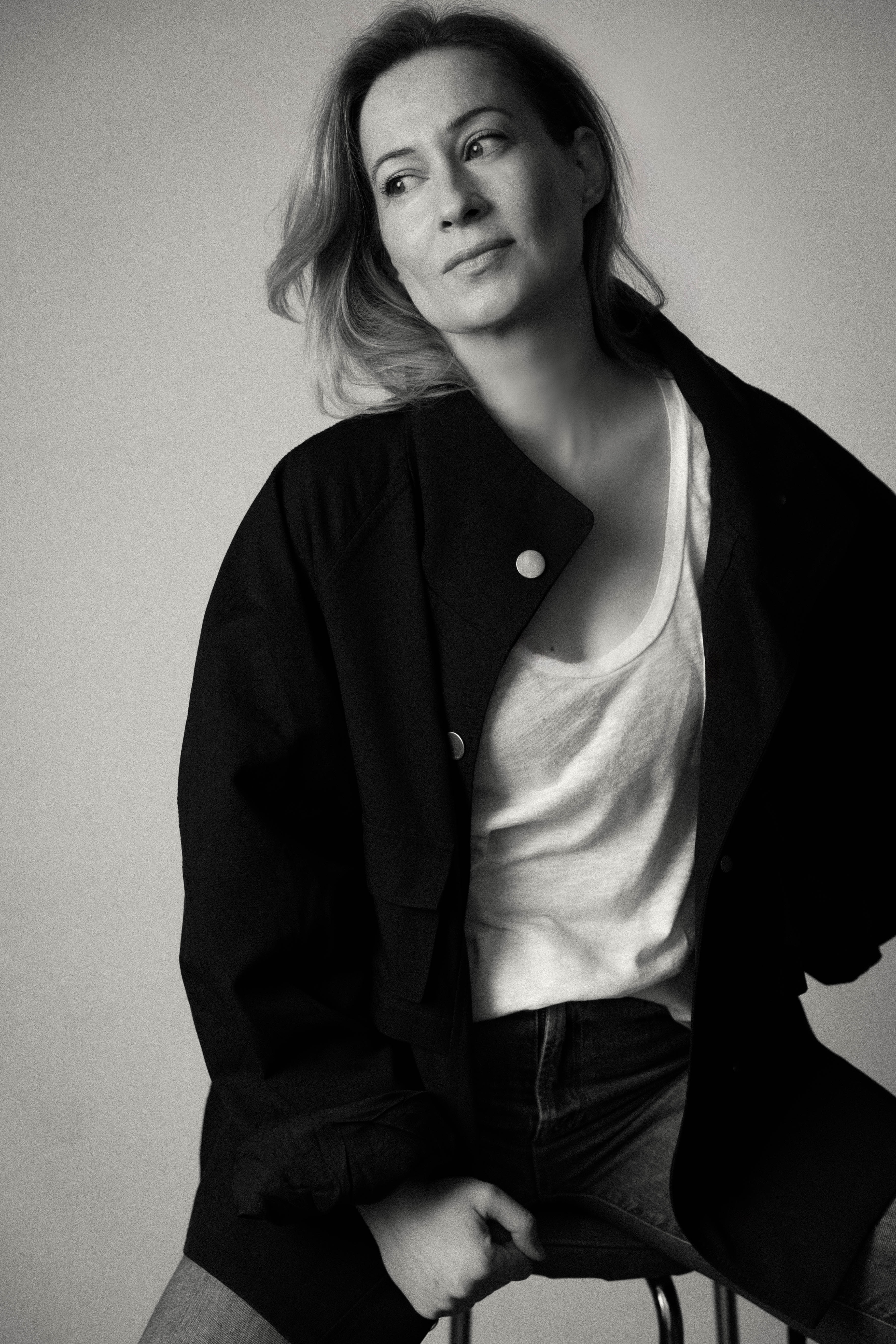
The heart of Shelby Oaks lies in those moments where faith falters. In one painful scene, Mia turns to her husband, desperate for his belief in a new lead, only to be met with doubt. For Sullivan, these silences were crucial. “When she needs his support most, he not only refuses to join her search but even questions her sanity,” she explains. It’s here, in the absence of words, that Sullivan allowed grief and loneliness to surface. Her preparation was steeped in research, drawing on families of missing loved ones who live in the limbo of unanswered questions. “Every day, Mia wakes up to the loss of her sister and everything she has given up since, to keep searching.”
This approach—layered, unflinching, and deeply researched—has become a signature of Sullivan’s work. She gravitates toward roles where much is communicated not through dialogue, but through expression and restraint. “Even though Mia is reaching out and asking for help, she is mostly closed off and secretive,” she says. It’s a quality that distinguishes her performances across genres, whether in indie dramas, horror thrillers, or comedies.
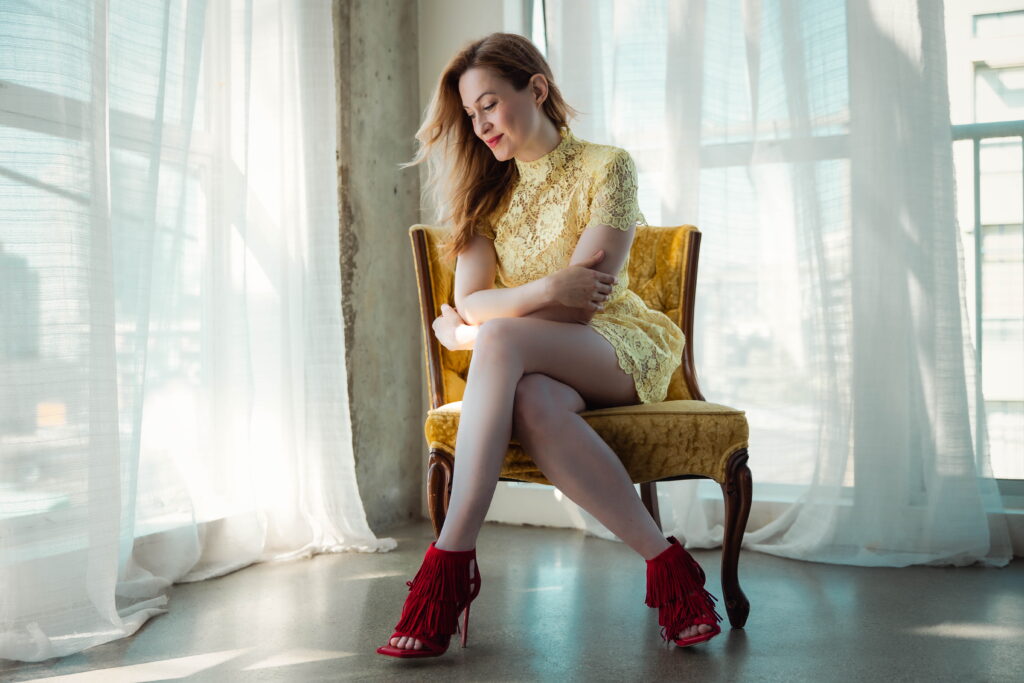
Night shoots on Shelby Oaks tested both body and spirit, but Sullivan embraced them with the same curiosity she brings to every role. Shooting in the historic prison that once housed The Shawshank Redemption, she describes running through catwalks under artificial moonlight as “a real gift.” For her, filmmaking isn’t just about telling a story—it’s about inhabiting worlds that might otherwise remain off-limits. “In no other circumstance would I be allowed to do that,” she says.
Stuckmann’s decision to film much of Shelby Oaks chronologically gave Sullivan the freedom to evolve alongside Mia. “We are different people when confronted with different events and use different aspects of our personalities to cope,” she reflects. “Mia’s determination gave her the courage to call upon whatever she needed to rise to each circumstance.” That adaptability is a hallmark of Sullivan’s craft, one sharpened by years of working in the independent film space.
Independent cinema, she insists, has been her training ground. Low budgets and tight schedules forced her to improvise, collaborate, and get it right on the first few takes. “You never have enough time or resources,” Sullivan says. “But that’s where you learn to think on your feet.” It’s an environment that values risk over perfection—and one that has allowed Sullivan to take big swings, whether in award-winning dramas like Hunter Hunter or character-driven horror like Shelby Oaks.
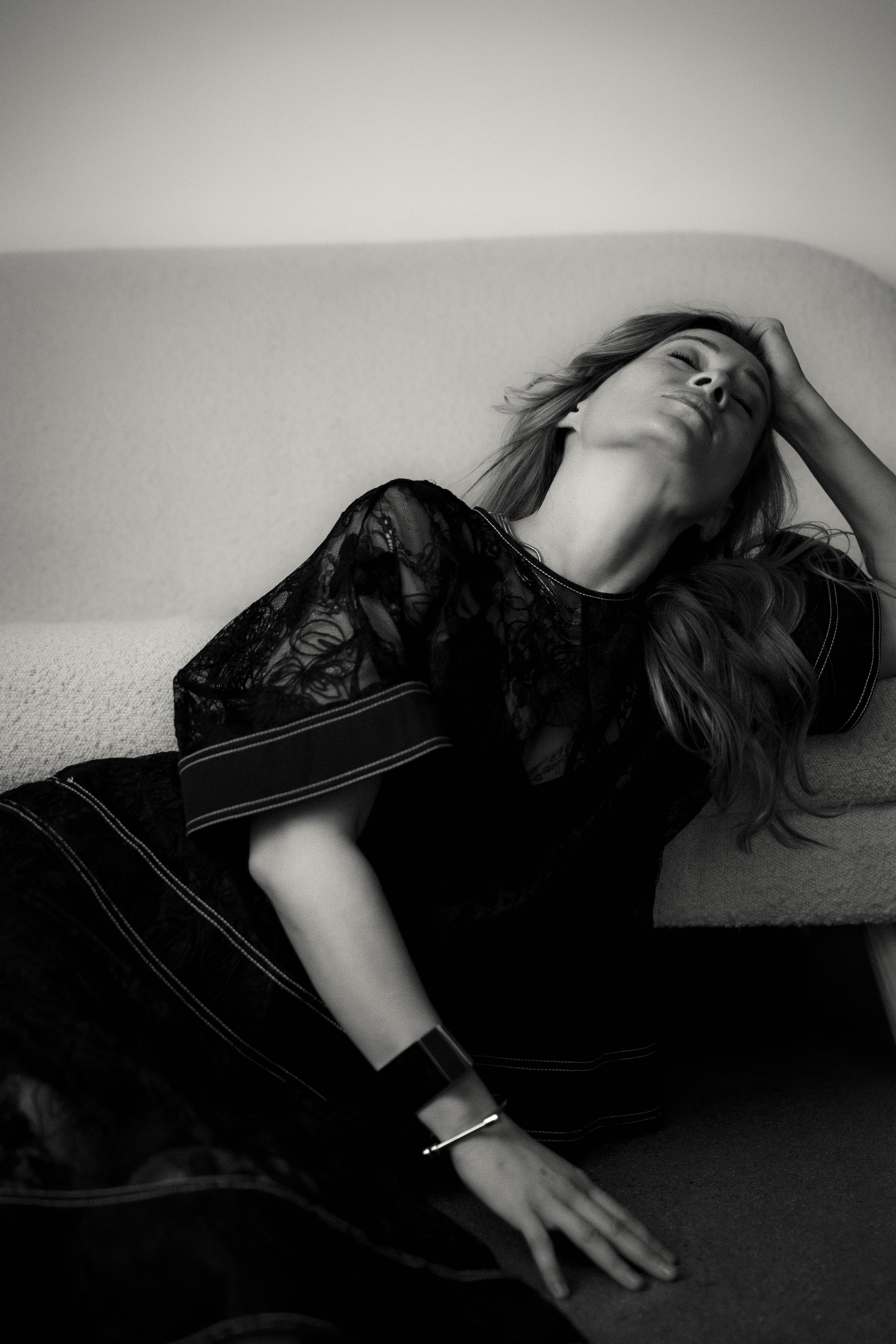
Her role in Hunter Hunter pushed her into some of the darkest emotional territory of her career. With no personal experience to draw from in camping, survival, or motherhood, she instead leaned into big-picture questions: What makes a person capable of cruelty? What happens when someone stares into the abyss? The film earned her the 2021 Leo Award and, more importantly, a new confidence. “The real turning point was proving to myself, more than anyone, that I could do it,” she says. That experience gave her the courage to trust her instincts in later projects.
If Hunter Hunter showed her capacity for tragedy, Shoresy revealed her sharp comedic timing. Though she admits drama is her comfort zone, comedy taught her to lean into rhythm, pace, and precision. “The basics are the same,” Sullivan explains. “A strong objective and a clear point of view determine how your character interacts with the world.” Whether cracking jokes or playing grief-stricken, her approach remains rooted in character truth.
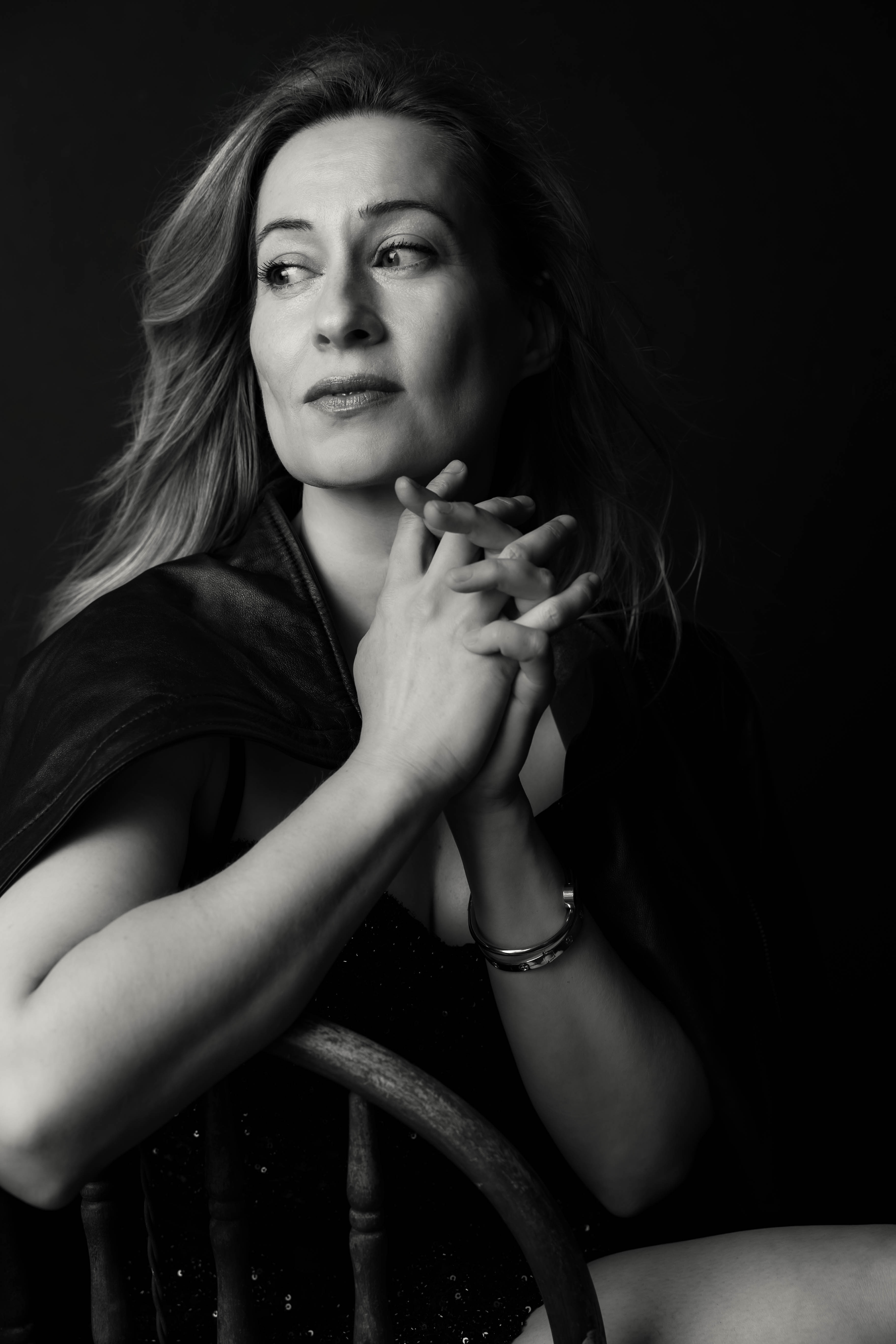
Beyond film and television, Sullivan finds creative expression in portrait painting—a practice that, like acting, stems from her fascination with people. She has painted since her school days, focusing almost exclusively on portraits. “I’m fascinated by people—their experiences, and what’s behind their eyes,” she says. But unlike acting, painting is a private, meditative act. She doesn’t exhibit her work or seek recognition. “It’s just for me,” she says simply. “There’s something really calming about that.”
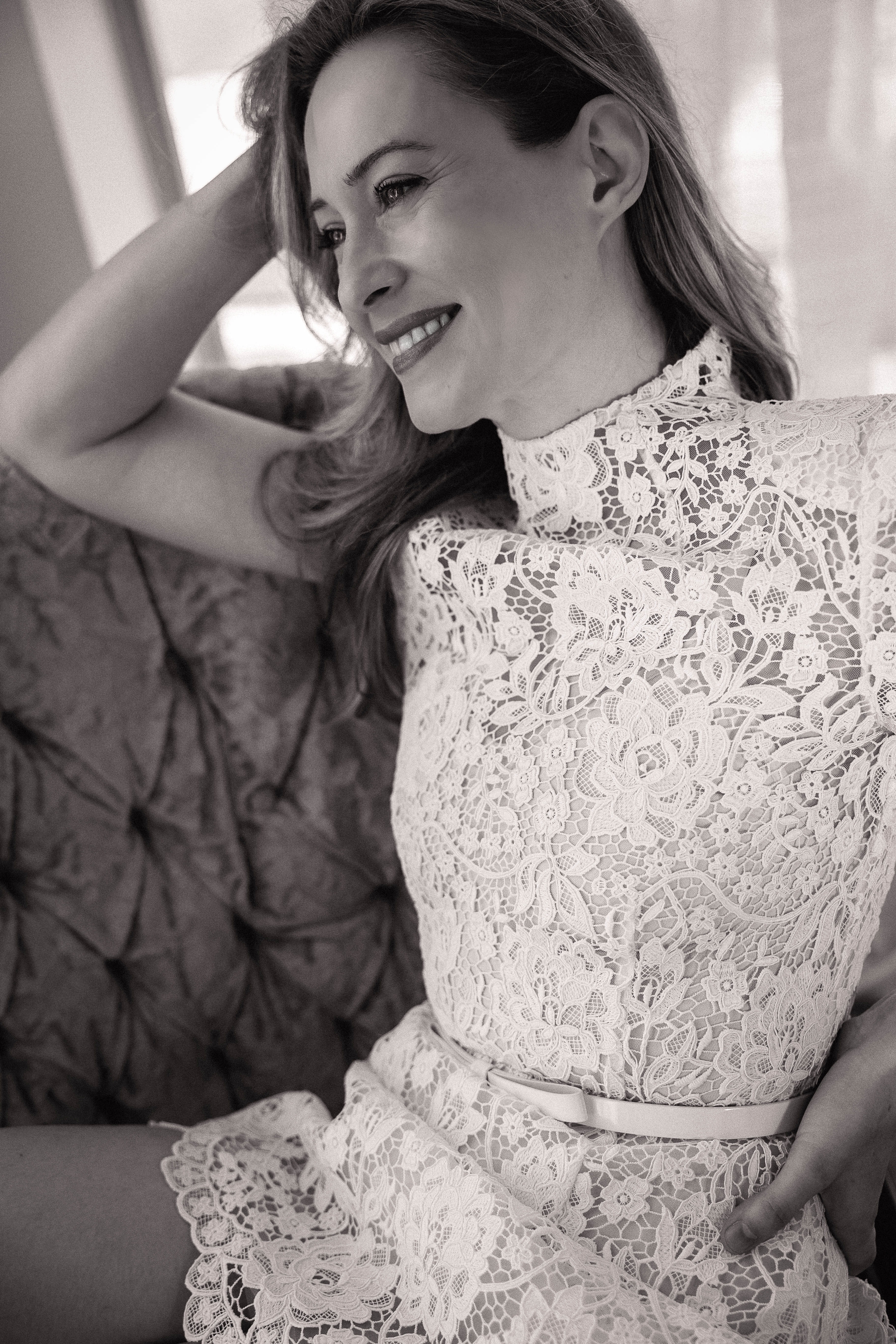
Even in discussing horror’s bigger philosophical questions—whether monsters are born or made—Sullivan’s reflections tie back to humanity. She believes many are shaped by neglect or lack of care, and that empathy and intervention can change outcomes. Yet she admits the existence of clinical psychopathy unsettles her. This duality—the societal and the personal, the rational and the unknowable—runs through her performances, adding layers of nuance to characters like Mia.
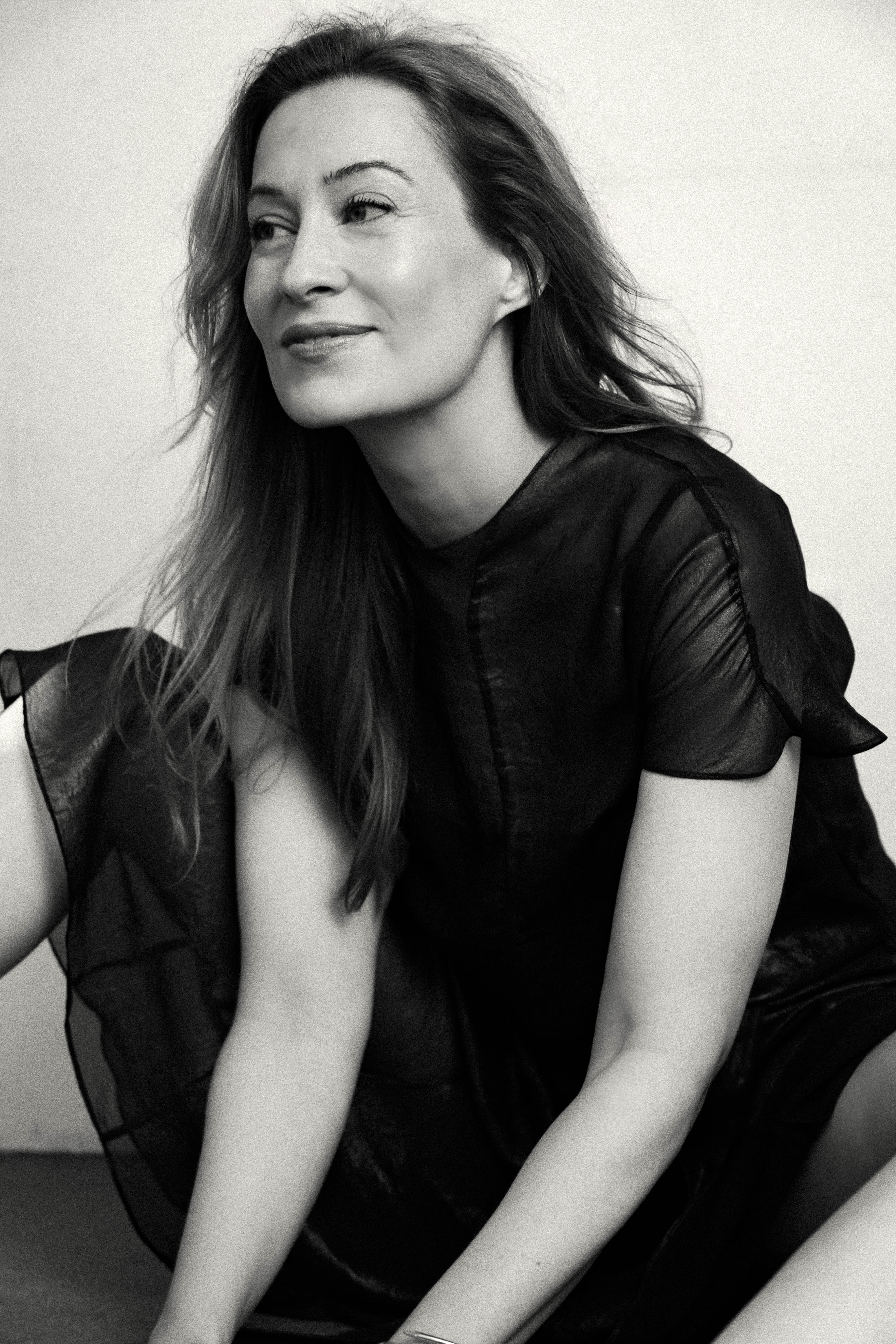
Looking back, Sullivan sees a through line across her career: a desire to tell stories that matter, whether through fear, laughter, or silence. She’s grateful for the collaborators who have shaped her journey and the roles that have stretched her range. The future, she says, is about continuing to surprise herself—taking risks, having fun, and maybe even stepping into the action genre. “I wanna hang off a plane, jump off a mountain, or try any daredevil stunt I can safely do,” she laughs.
For now, Shelby Oaks stands as a testament to Sullivan’s artistry. It’s a film that asks audiences to confront both supernatural terror and the quieter horrors of grief and doubt. But beyond the scares, it’s her performance that lingers—anchoring the story with the emotional weight of a woman who refuses to stop searching. Like Mia, Sullivan is driven by an unshakable dedication, the kind that transforms obsession into art.
Photography: Kristine Cofsky Photography – @kristinecofskyphotgraphy
Words: Kyra Green @noteasybingreen
Styling: Ananda Rose – @anandarose
PR: TFG PR – @tfg.pr


